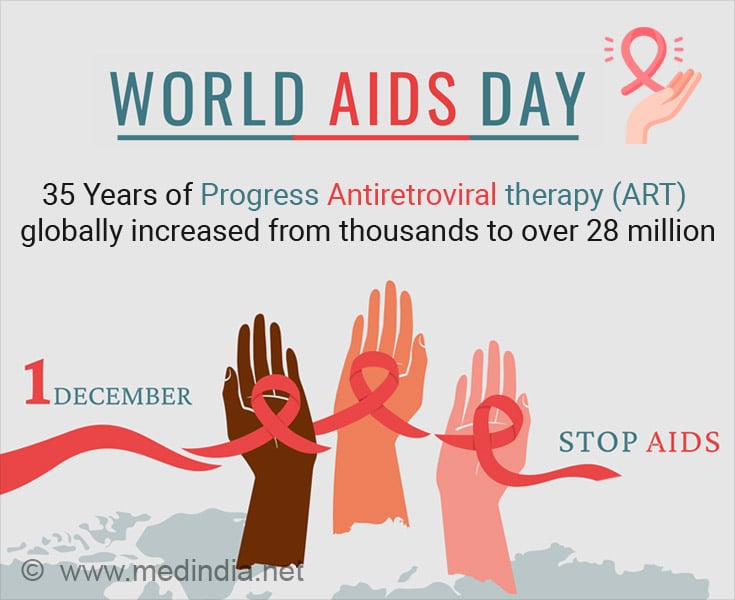
Scientists have created an innovative genomic method capable of monitoring the spread of various superbugs within a hospital setting, concurrently. This technique would support in enhancing the speed and effectiveness of preventing and managing the common hospital infections (1✔ ✔Trusted Source
Pan-pathogen deep sequencing of nosocomial bacterial pathogens in Italy in spring 2020: a prospective cohort study
).
The study, a proof-of-concept type, presents an innovative deep sequencing technique that simultaneously identifies all common infectious bacteria within a hospital setting. In contrast to the existing methods that culture and sequence pathogens individually, which is time-consuming and labor-intensive, this new approach is more efficient and less time consuming. The study was conducted by the researchers at Wellcome Sanger Institute, the University of Oslo, Fondazione IRCCS Policlinico San Matteo in Italy, and their collaborators.
The study captured the full range of pathogenic bacteria detected in intensive care units (ICUs) and general wards of various hospitals during the initial wave of the COVID-19 pandemic in 2020. In addition, the researchers were able to detect the types of bacteria affecting patients, including the antibiotic-resistant strains commonly found in hospital environments. The study was published today (20 August) in the Lancet Microbe.
Advertisement
Challenges Posed by Multi Drug-Resistant Bacteria in Hospital Settings
The study revealed that every ICU patient examined showed presence of at least one type of treatment-resistant bacteria, with most patients showing multiple types of bacteria concurrently.
Researchers are of the opinion that their methodology can be incorporated into current hospital clinical surveillance frameworks. Given the intensive occurrence of drug resistance in healthcare environments, this system has the potential to identify, monitor, and mitigate the propagation of common multidrug-resistant bacteria simultaneously.
Bacteria are frequently present in or on the human body without leading to any adverse effects, a phenomenon referred to as colonization. However, if specific strains enter the bloodstream as a result of a weak immune system, they may result in serious and potentially fatal infections, unless they are successfully managed with antibiotics.
An additional challenge faced by healthcare providers is the presence of antibiotic-resistant bacteria (AMR). Infections resulting from AMR bacteria pose a significant problem within hospitals, with projections indicating that these treatment-resistant pathogens may lead to more fatalities than cancer by the year 2050. Although certain hospitals conduct tests for AMR bacteria upon patient admission, there is currently no system in place to monitor all multidrug-resistant bacteria across the entire hospital.
Advertisement
Comparison of old vs New Techniques
In the past 15 years, genomic surveillance has emerged as an important tool for monitoring the evolution and transmission of pathogens, offering vital information to help in controlling spread of disease.
The existing techniques require culturing of individual bacterial strains from a sample, followed by separate whole genome sequencing for each strain. This approach is labor-intensive, often taking several days, and yields only a limited view of the clinically significant bacteria present in a sample.
A recent study conducted by the Wellcome Sanger Institute, the University of Oslo, Fondazione IRCCS Policlinico San Matteo in Italy, and their collaborators introduced an innovative method that enables the simultaneous capture of whole genome sequencing data from various pathogens, at a time. This technique, referred to as a ‘pan-pathogen’ deep sequencing approach, is capable of delivering genomic data as swiftly as hospitals can analyze the samples.
Advertisement
How the New Genomic Study Will Help Track and Limit Spread of Treatment-Resistant Bacteria
The team took samples from 256 patients in an Italian hospital, capturing bacteria found in the gut, upper airways, and lungs. The 2,418 DNA samples could be associated with 52 species of bacteria. Among these, 66 percent (2,148) were made up of different strains of the seven most common bacterial infections seen in hospitals.
They found that patients in ICUs were colonised by at least one bacterium with the potential to cause severe disease at any time, and that clinically important AMR genes were present in at least 40 percent of these.
The team effectively mapped the spread of hospital bacteria across a 5-week sampling timeframe, allowing them to also predict which bacteria were most likely to appear in infections acquired while in the hospital.
Professor Jukka Corander, co-senior author from the Wellcome Sanger Institute and the University of Oslo, said: “Our method that captures genetic information on multiple bacterial strains at the same time has the potential to transform the genomic surveillance of pathogens, enabling us to capture essential information both quicker and more comprehensively than ever before without losing resolution. With our proof-of-concept study, this approach can now confidently be used in future research to capture the full breadth of high-risk bacteria in an area, and hopefully by hospitals to help track and limit the spread of treatment-resistant bacteria.”
Dr Harry Thorpe, first author from the University of Oslo and visiting worker at the Wellcome Sanger Institute, said: “Our study is an example of how we can use the power of genomics to create a full picture of antibiotic-resistant bacteria across intensive care units and also elsewhere in hospitals. Antibiotic-resistant bacteria evolve and spread quickly, and therefore our tracking methods have to keep pace with them. Knowing the sequencing of all the bacteria in a sample gives a more complete picture of the diversity found in an area, which is crucial in predicting risk and understanding the external factors involved in the spread of a specific strain.”
Professor Fausto Baldanti, Director of the Microbiology and Virology Unit, Fondazione IRCCS Policlinico San Matteo, said “Our Unit detected the first COVID-19 case in the Western world, and we witnessed the dawn of the pandemic along with the huge scientific effort worldwide on SARS-COV2. However, the study by our researchers showed that superbugs did not disappear. Indeed, the simultaneous presence of multiple species of drug-resistant bacteria in ICU wards admitting COVID-19 patients could have been a relevant component of the clinical manifestation of the new disease in those dramatic days.”
Professor Nicholas Thomson, co-senior author from the Wellcome Sanger Institute, said: “Antibiotic-resistant infections are an ongoing issue in hospitals, and while healthcare professionals work hard to minimise these as much as possible, it’s hard to fight against something you can’t fully see. Integrating a deep genomic sequencing approach into healthcare systems in this way gives those working in hospitals a new opportunity to see and track these bacteria, assisting in diagnosing infections and allowing outbreaks to be identified and controlled. Integration of this approach could help develop and improve guidelines for assessing and managing the risk of treatment-resistant infections for all the patients in a hospital, particularly those on intensive care units.”
To summarize, this novel technique holds significant importance in the management of antibiotic-resistant bacteria, which pose a substantial threat within hospital settings. By incorporating this method into current hospital surveillance systems, healthcare professionals can enhance their ability to identify, monitor, and mitigate the dissemination of these hazardous pathogens.
Reference:
- Pan-pathogen deep sequencing of nosocomial bacterial pathogens in Italy in spring 2020: a prospective cohort study – (https://www.thelancet.com/journals/lanmic/article/PIIS2666-5247(24)00113-7/fulltext)
Source-Eurekalert



